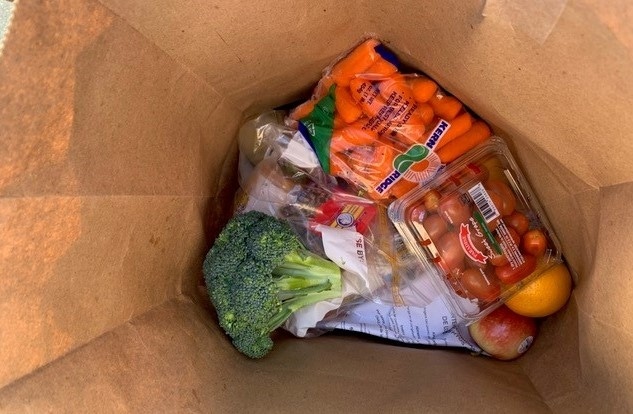June 11, 2020

Now more than ever, California is full of heroes: front-line workers in our hospitals, farm fields and essential businesses.
And even though schools are closed, they are full of heroes, too: teachers implementing distance learning and kitchen workers who have stepped up to the heroic task of providing meals for children in their communities, despite the challenges that have come with the COVID-19 pandemic.
School nutrition professionals continue to provide nutritious food that meets dietary standards, the kitchens provide employment, and the hungry students provide a multi-million dollar market for California's agricultural products.
Researchers at University of California Agriculture and Natural Resources's Nutrition Policy Institute received an email earlier this spring with a subject line that simply said, “HELP!!!” Local community groups had learned that some Central Valley school districts would not be providing meals over spring break.
Even though that might not be cause for alarm some years, this year it would hurt. In the eight-week period between March 14 and May 14, 2020, the California Employment Development Department processed 4.7 million unemployment benefit claims – nearly seven times more claims than over a two-month period at the height of the 2008 recession. EDD estimates that California unemployment reached nearly 25% by mid-May.
That is why school meals are more important than ever.
Distilling critical information
On receiving the request for HELP!!!, the Nutrition Policy Institute teamed with a Stanford pediatrician to distill critical information from USDA and the California Department of Education.
Connecting with child nutrition professionals throughout the state, they gleaned tips and best practices, and added COVID-19-specific resources from the Community of Practice convened by LunchAssist and the Center for Ecoliteracy.
The team produced informational flyers targeted to California school district officials and food service directors:
Child Hunger Doesn't Take a Spring Break (2-pager)
The resources provide explanations and resources for operating school meal programs during non-instructional periods through either the Seamless Summer Option (SSO) or the Summer Food Service Program (SFSP).
There is no time to lose. Click here to make sure your local school district's food services division is taking advantage of the many strategies that can support children's nutrition this summer.
[Christina A. Hecht is UCANR's Nutrition Policy Institute Coordinator.]
Source: University of California Division of Agriculture and Natural Resources, which is solely responsible for the information provided and is wholly owned by the source. Informa Business Media and all its subsidiaries are not responsible for any of the content contained in this information asset.
You May Also Like




